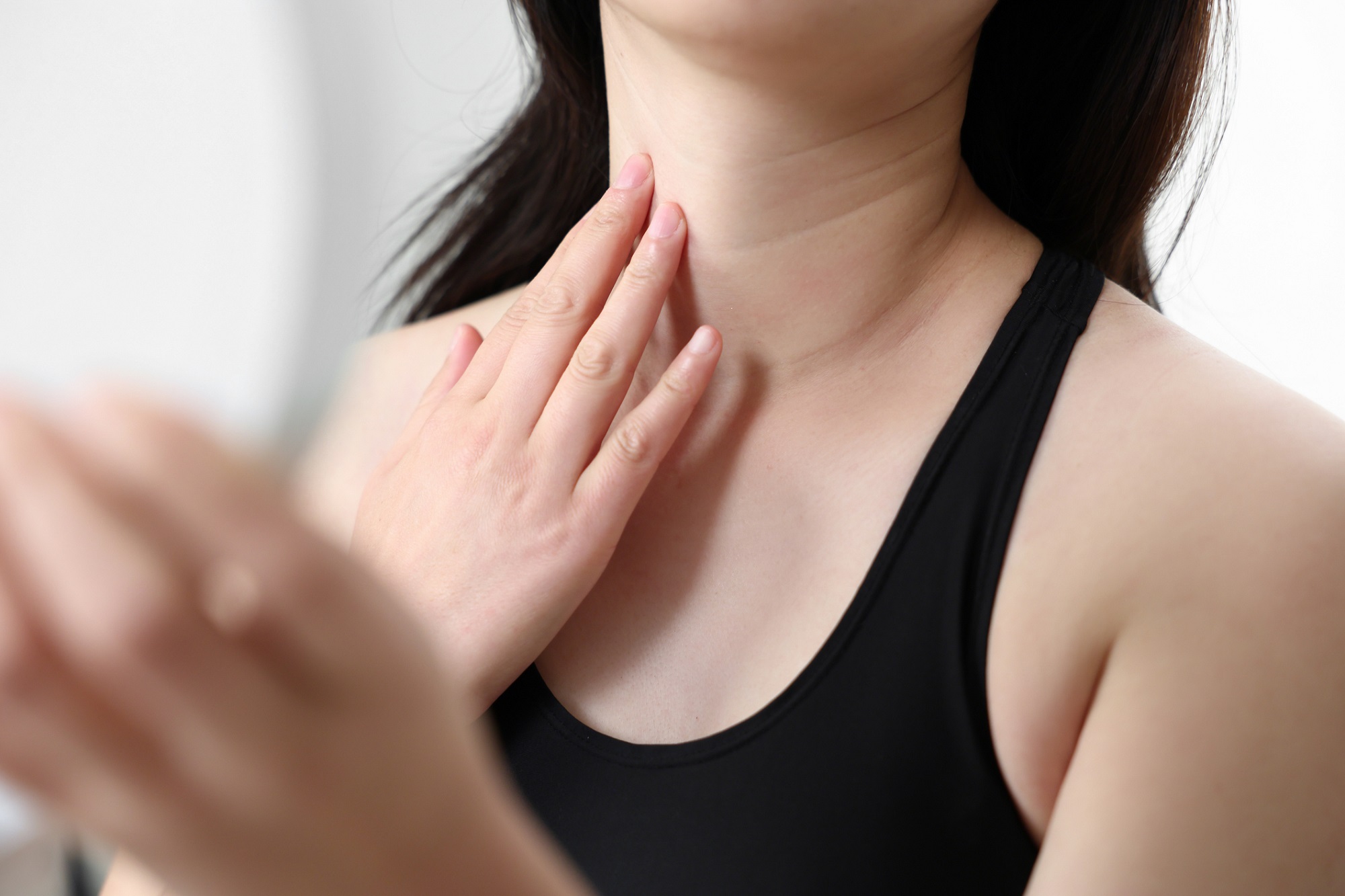
Aging is a significant source of stress for nearly half of American women, according to a new survey commissioned by skin care brand NEOSTRATA and conducted by Talker Research. The survey, which gathered responses from 2,000 US women (split evenly between Gen Z, Millennial, Gen X, and Baby Boomer age demographics), sheds light on how women are dealing with aging concerns and their skin care routines.
Results show that younger generations, particularly Gen Z and millennials, are more stressed about getting older than their Gen X and baby boomer counterparts.
The study revealed that 56% of Gen Z women and 57% of millennials feel stressed about aging, compared to 46% of Gen X and only 31% of baby boomers. Both younger generations also report feeling older than their age, with 40% of Gen Z and 38% of millennials reporting they think this way.
Notably, 18% of Gen Z respondents believe they look older than they are, leading the pack in this perception.
Despite these concerns, over three-quarters (76%) of women surveyed indicated they are trying to “embrace aging with grace.” However, over half (54%) of women are still worried that others will notice visible signs of aging.
The first signs of aging—such as fine lines on the face (44%), forehead wrinkles (32%), and age spots (32%)—are commonly noticed by the age of 40. Additionally, 15% of women reported creases or lines appearing on their necks.
The skin care gap: Neglecting the neck
While a majority (70%) of women surveyed reported that they take their skin care routines seriously and 64% use between one and four products daily, the survey highlighted a surprising skin care gap: many women neglect their necks. Only 17% of respondents said they pay significant attention to caring for their necks, and less than a third (29%) use skin care products on their necks regularly.
“Caring for my skin helps me feel confident and good about myself. I was surprised to hear how many women are still neglecting their necks,” said Jenna Dewan, actress and NEOSTRATA spokesperson, in a press statement regarding the survey results. “I was lucky that my mom always told me to extend my facial skin care down to my neck, but it seems many women still don’t realize that the neck is one of the first places to show signs of aging,” she added.
The survey revealed that only 32% of women feel confident in how to properly care for their necks to prevent signs of aging, indicating a widespread knowledge gap in this often-overlooked area.
“Tech neck” and modern aging concerns
In today’s technology-driven world, the “tech neck” concept is becoming increasingly relevant. Surprisingly, only 7% of women surveyed attributed aging to technology use, and just 25% were aware of the term “tech neck”—a term used to describe wrinkles that form across the neck due to frequently looking down at phones or laptops.
Dr. Alexis Stephens, a dermatologist and NEOSTRATA partner, emphasized the importance of addressing tech-related aging concerns in a press statement regarding the survey results. “‘Tech neck’ refers to wrinkles that can appear across the neck due to the position of the head and face when looking down at a laptop or phone for long periods of time,” she explained.
“With technology playing an integral part in our everyday lives, it’s important to modernize skin care routines and introduce products, such as a neck cream, to target the fine lines and wrinkles caused by ‘tech neck,'” she added.
The study also showed that while women are actively avoiding behaviors that can worsen skin aging—such as smoking or a lack of sleep—only a small percentage blame technology for skin issues. Instead, stress levels (55%) and bad habits like poor sleep (39%) or skipping sunscreen (33%) were more frequently cited as contributors to visible aging.
With younger generations feeling the weight of aging more acutely, the survey results point to the importance of targeted skin care products and routines that go beyond the face.
Opportunities for beauty industry stakeholders
The results of this survey highlight clear opportunities for cosmetics and personal care product manufacturers and suppliers to meet consumer demand. For example, Gen Z and Millennial respondents reported high levels of stress and dissatisfaction with their appearance, opening the door for innovation in anti-aging products targeting these generations.
Additionally, the significant gap in the need for more attention to the neck area identified by the survey, despite its being a key indicator of aging, is an opportunity for beauty manufacturers to develop and promote products that cater to this need. Expanding product lines to include targeted neck creams, serums, and decolletage care can help brands capitalize on this untapped market segment.
Further, “tech neck” skin care concerns also offer a unique opportunity for product development. There is potential for educating consumers and introducing products that specifically address wrinkles caused by frequent device use. Companies that offer solutions for “tech neck” may capture the attention of tech-savvy, younger consumers.
In an industry driven by innovation, understanding these emerging trends can help brands create products that resonate with modern women’s concerns, from gracefully aging to preventing technology’s effects on their skin. By addressing these needs, brands can build customer loyalty and lead the charge in next-generation anti-aging skin care.

